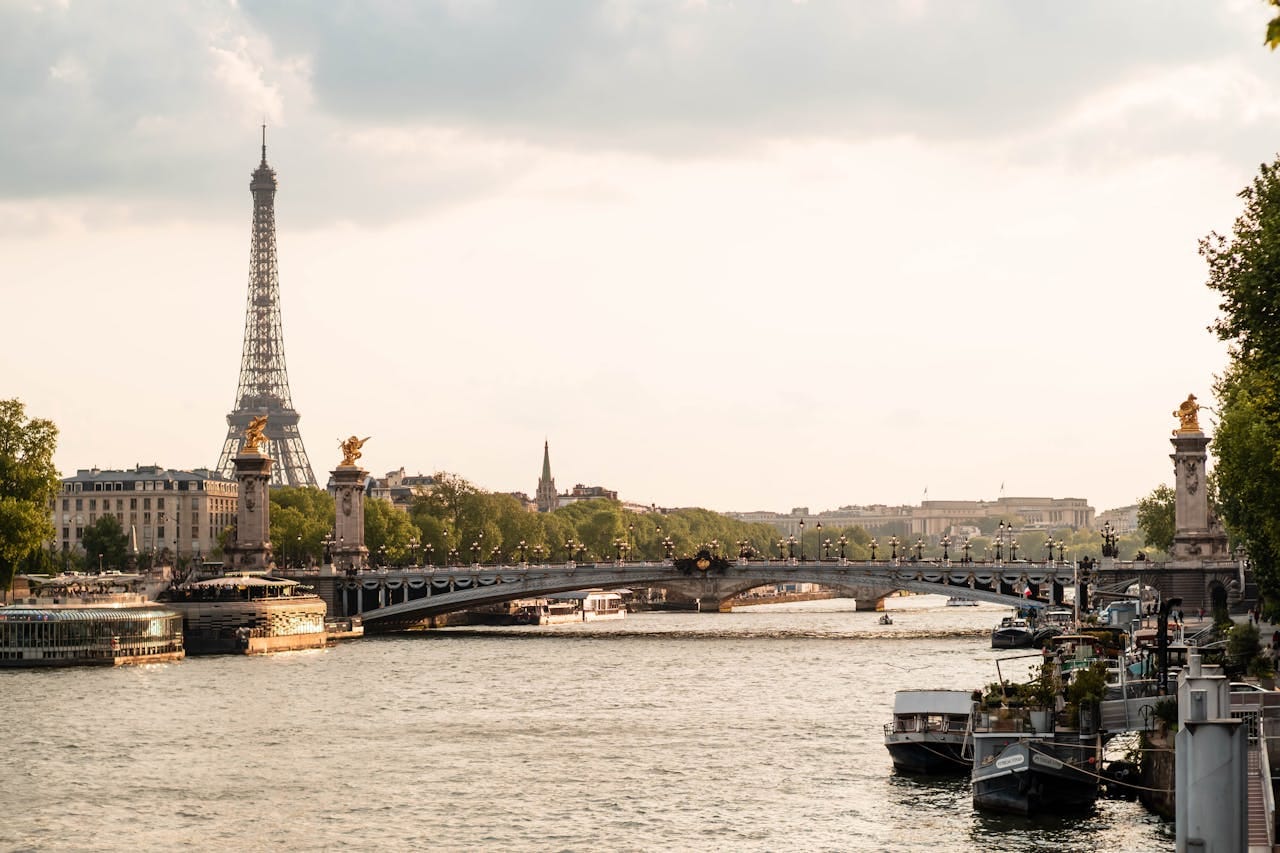Under Mayor Anne Hidalgo’s leadership since 2014, Paris has been transforming from a car-centric city to a “15-minute city” (ville du quart d’heure). This concept ensures that residents can access essential services—such as work, schools, shops, and healthcare—within a 15-minute walk or bike ride from their homes. Key initiatives include converting roadways along the Seine’s right bank into pedestrian-friendly spaces, creating urban beaches, and repurposing tunnels for cyclists and pedestrians. Plans are also underway to double the tree rows on the Champs-Élysées and reduce car lanes from eight to four, enhancing green spaces and air quality. These efforts aim to improve livability, promote cycling, and reduce pollution, fostering a more sustainable urban environment.
What was the impact or result of this Brave Decision?
Transforming urban mobility and accessibility. The result has been a more livable, connected, and environmentally friendly city, with reduced car dependency and improved public spaces. While some critics claimed the model could lead to social fragmentation, this concern is misguided—the 15-minute city enhances local community life rather than isolating neighborhoods. Gentrification remains a challenge, but this is a policy issue rather than a flaw of the concept itself. Overall, Paris’ shift has set a bold precedent for urban planning worldwide.
Who was the master mind of the Brave Decision?
Urbanist Carlos Moreno introduced the 15-minute city concept, Anne Hidalgo (Major of Paris) embraced the concept.

